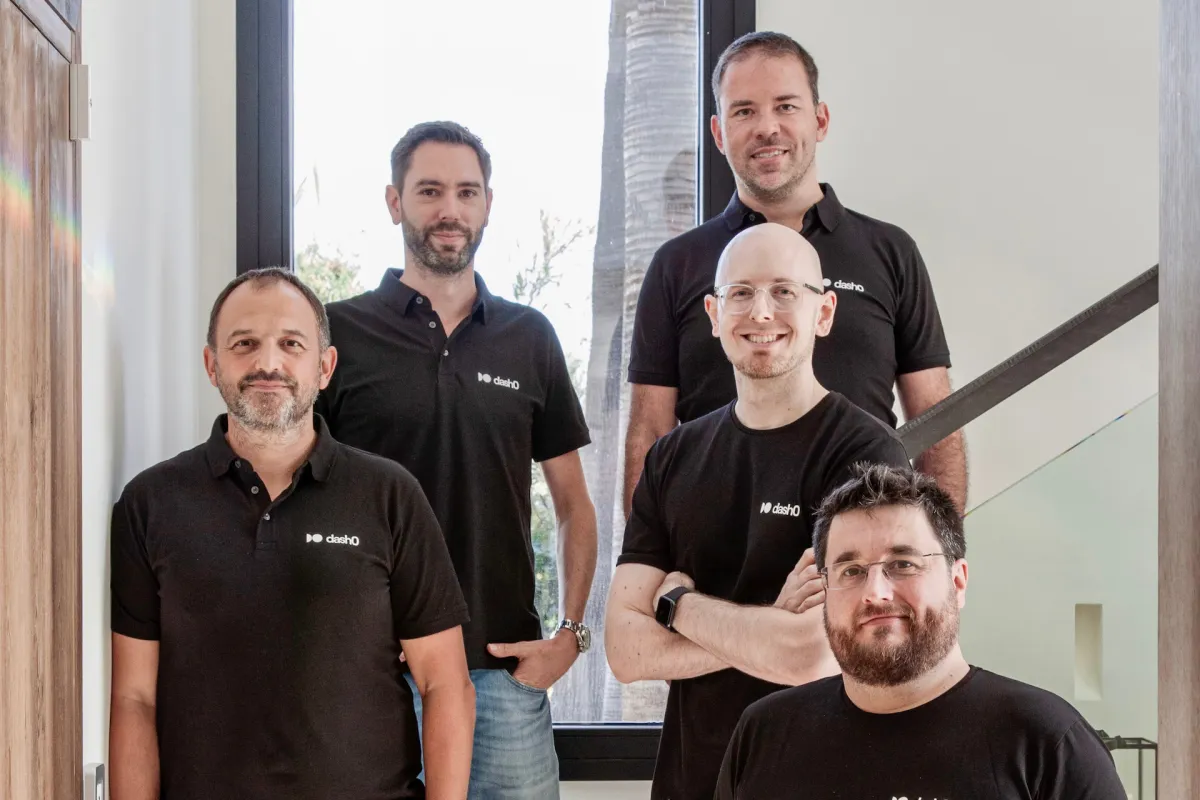The NATO Summit in Washington, D.C. this week marked the alliance’s 75th anniversary, underscoring the pivotal role of transatlantic venture capital investments in enhancing cooperation among member nations.
Amidst current global uncertainties, maintaining leadership in technological innovation is crucial for securing the future of NATO’s 1 billion citizens. This imperative not only bolsters security, resilience, and prosperity but also aligns with sound business strategies.
Emerging conflicts now transcend traditional domains like land, air, and sea, extending into critical sectors such as space, internet security, technology, and supply chains. The battlefield in Ukraine vividly illustrates this evolution, with off-the-shelf drones and advanced communications systems playing decisive roles in countering aggression.
Collaboration on advanced technologies between Europe and North America promises to accelerate transformation in defense capabilities. Over the past two decades, Europe’s tech landscape has evolved significantly, transitioning from challenger to global contender. Despite a recent slowdown in deep tech venture capital funding in the U.S., European markets have seen consistent growth, particularly in defense, security, and resilience technologies.
The NATO Innovation Fund, supported by 24 member nations, has reported a 22.4% increase in investments from 2018 to 2022, reflecting a robust appetite for advanced technology adoption. This trend highlights Europe’s burgeoning entrepreneurship, substantial investments in breakthrough technologies, and a rich pool of STEM talent. Areas like space, biotechnology, novel materials, manufacturing, and artificial intelligence are leading in both deal activity and investment size, driving innovation across multiple sectors.
Space, once viewed as a neutral domain, is now a frontier of strategic competition. Geopolitical rivalries, exemplified by China’s assertive space program, necessitate enhanced transatlantic cooperation. Commercial space capabilities, including sensing and communication technologies, complement military operations, underscoring their dual-use potential.
European initiatives, such as France’s investment in reusable micro-launchers and the European Space Agency’s billion-euro allocations, underscore the continent’s growing space sector. These efforts not only enhance Europe’s space capabilities but also contribute to global economic growth.
Transatlantic collaboration in dual-use technologies offers a strategic advantage against adversarial influence, safeguarding promising startups and critical markets. By jointly investing in and adopting these technologies, NATO members can fortify defense strategies, promote military interoperability, and optimize procurement and production policies.
The 2024 Washington Summit has galvanized NATO leaders to seize technological opportunities that secure the alliance’s future. Embracing emerging dual-use technologies leverages transatlantic innovation and talent, countering adversaries while fostering economic growth and innovation across the Atlantic.
In conclusion, establishing a robust transatlantic deep-tech ecosystem not only bolsters NATO’s security and resilience but also reinforces global leadership in technology and innovation. The time for unified action is now, harnessing collective strengths to navigate an increasingly complex global landscape.











